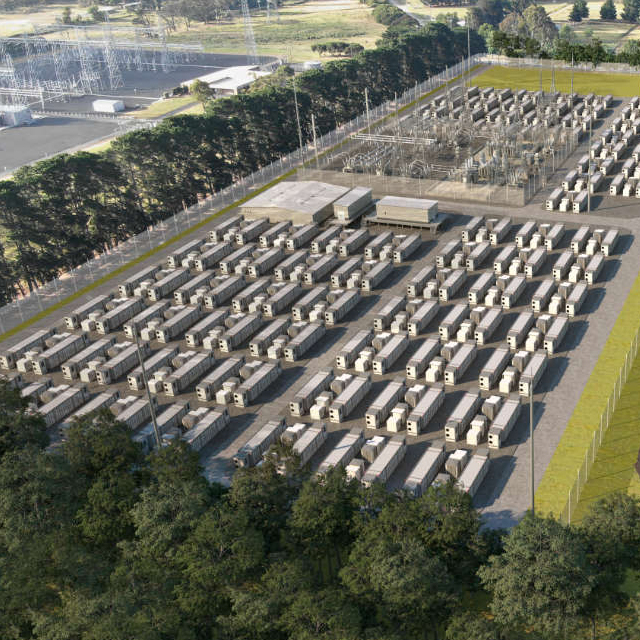The increase in domestic and industrial use of lithium batteries to store energy is helping us to reduce our reliance on power from the grid and on fossil fuels as an energy source. Battery energy storage systems (BESS) do come with risks that we should understand and proactively mitigate.
Battery safety in the home
In a recent event in Punchbowl in Sydney’s west, a house fire that proved to be fatal was linked with lithium ion batteries in the home. In addition to the dangerous intensity of such a fire, toxic smoke is produced, and it can overcome people very quickly.
There are steps we can take to reduce the risk of battery fires. Physical impact is often the cause of ignition of batteries, so the location of the battery is important. For example, a battery for storing energy produced from home solar installations should not be placed where a vehicle might hit it. It’s not a good idea to mount a battery where a misjudged car park could result in collision.
There are now many appliances and tools that use lithium ion batteries to power them. Spare batteries should be stored in a fire-proof container. There are a number of these on the market and investing in one may save you from a much greater expense should a fire occur.
NSW Fire and Rescue has battery and charging safety information on their website.
Largescale industrial scale battery safety
Largescale battery projects are also being planned and implemented across the country. These are at a scale where energy from solar arrays or windfarms needs to be stored. Power companies and large industrial facilities such as metal smelters are investing heavily in BESS.
Due to their size and complexity, largescale battery projects have significant risks. It’s estimated that globally over 5% of largescale battery projects have had significant safety incidents.
Unfortunately, the standards, best-practice guidelines and general industry knowledge about how to manage battery project risk lag the pace of rollout of the technology, particularly in Australia.
The science regarding largescale battery safety and environmental risks is still relatively immature. Based on experience with many battery installations so far, it is clear many in industry are unaware of such risks or are not properly equipped to manage them.
If not addressed, these risks may cripple our industry. They will certainly affect the returns of investors, the performance of systems, and the social licence we need to operate.
Advitech brings a breadth of expertise to hazard and risk analysis of battery systems, most recently with our work for the Waratah Super Battery, which on completion will be the largest battery project in the southern hemisphere.
Our Electrical, Process and Risk and Functional Safety Engineers work together to understand and mitigate risks including fire propagation, explosion, emissions, battery cell longevity, noise, and temperature and usage regimes.
Advitech can provide hazard and risk assessment across the whole lifecycle of the installation, from initial planning and approval to design and construction, and operations and maintenance, addressing hazard and risks that include emissions, fire management, noise, first-responder procedures, and electrical safety of largescale battery systems.
We’re excited at the pace of the energy transition in Australia and we’re ready and able to help industry to implement appropriate solutions for their business and to do it safely. Contact us for a discussion about the safety of your proposed or existing largescale BESS installation.
